I have a problem. While in the past, I would’ve been afraid to admit it, I now know it’s something that eats at many others—and there’s safety in numbers, after all. Friends, I have email anxiety. Like, *major* email anxiety.
I’ve long pondered the cause. Perhaps it’s my perfectionism at play, or maybe it’s the dread that overwhelms me when there’s an abundance of communication to address. But after some reflection, I’ve come to realize that it’s likely a combination of both these factors (and more). It would make sense, too, as anxiety is a deeply personal, oftentimes complex experience.
And though I’m all for (and consistently eat up) productivity and habit-hacking literature, pushing through and achieving Inbox Zero™ did, for a moment, assuage a few of my fears. But with a new day comes a fresh round of unopened messages to be responded to—and thus the email anxiety returns.
Knowing and accepting that truth, I’ve come to understand that it’s the root cause of my anxiety that needs attention, care, and processing. So, of course, I went to a trusted expert for answers.
Featured image by Michelle Nash.

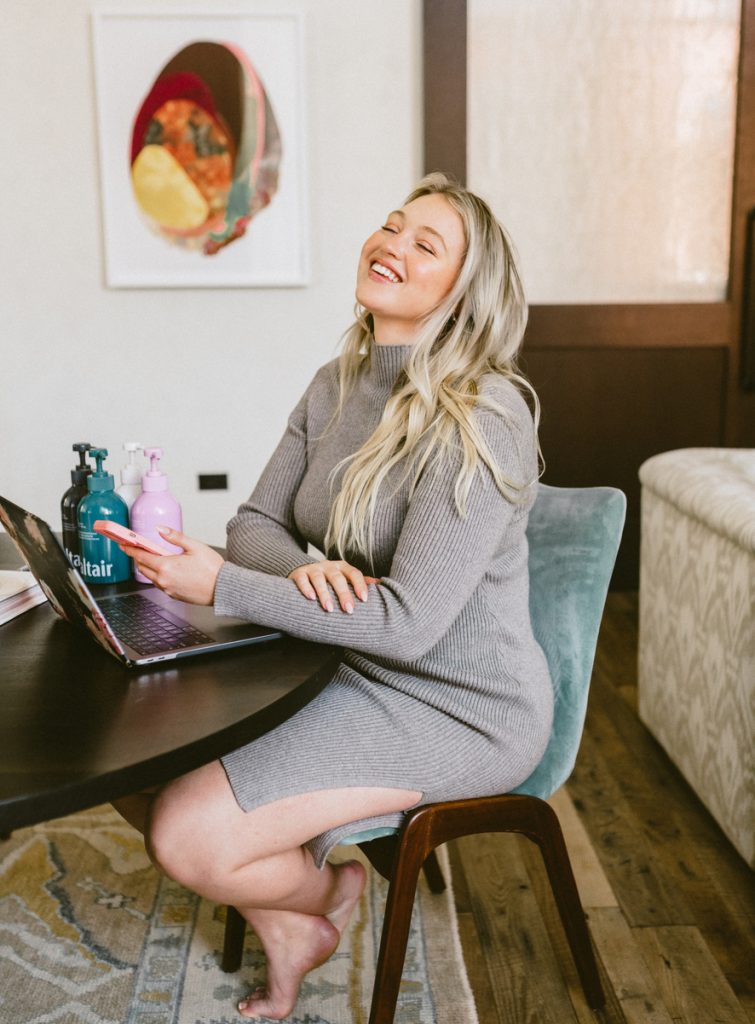
Michaela Bucchianeri is a clinical psychologist and anxiety coach who’s dedicated her career to supporting others in living their best lives. Because anxiety impacts not only our mental but our emotional and physical well-being, I knew it was paramount that I start addressing the issue head-on in an effort to thrive professionally and personally. I have a feeling her thoughts and insights will help you find the same peace of mind, too.

Michaela Bucchianeri, PhD is a clinical psychologist and anxiety coach dedicated to leveraging the power of words to transform our individual and collective wellness. Blending the science of psychology and the art of communication, she shares practical guidance to help readers deepen their self-awareness, develop personalized strategies to navigate their experience, and free up time and energy for the people and pursuits that light them up.

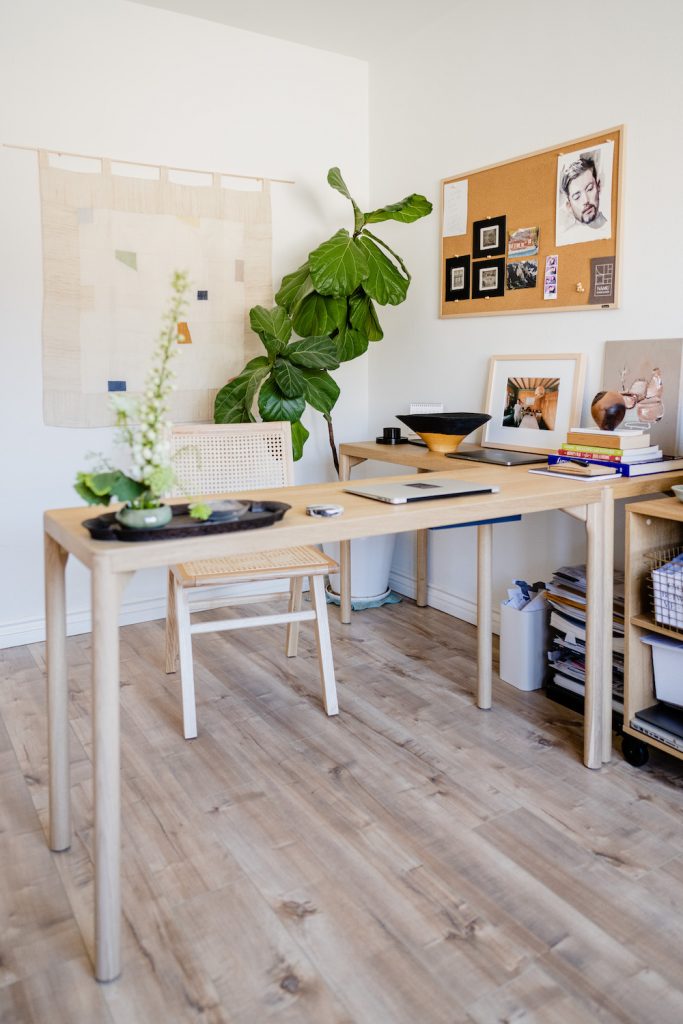
Email anxiety is a phenomenon of our modern workplace and world. How would you define email anxiety?
While it’s not a clinical term, “email anxiety” can be described as stress, overwhelm, and/or worry related to email communication. It can occur in the context of diagnosed forms of anxiety, such as generalized anxiety disorder, but even those who don’t have an anxiety disorder can experience distress surrounding email.
What might cause email anxiety?
When we say “email anxiety,” it’s really a catch-all term that encompasses a variety of experiences. For some, it might take the form of overwhelm about the volume of email they see piling up in their inbox or a sense of mounting pressure to stay on top of their email communications.
For others, it might manifest as intense worry about sending or opening a particular email, or an urge to avoid email communication altogether. Still, others report persistent fears or insecurities anticipating a response via email.

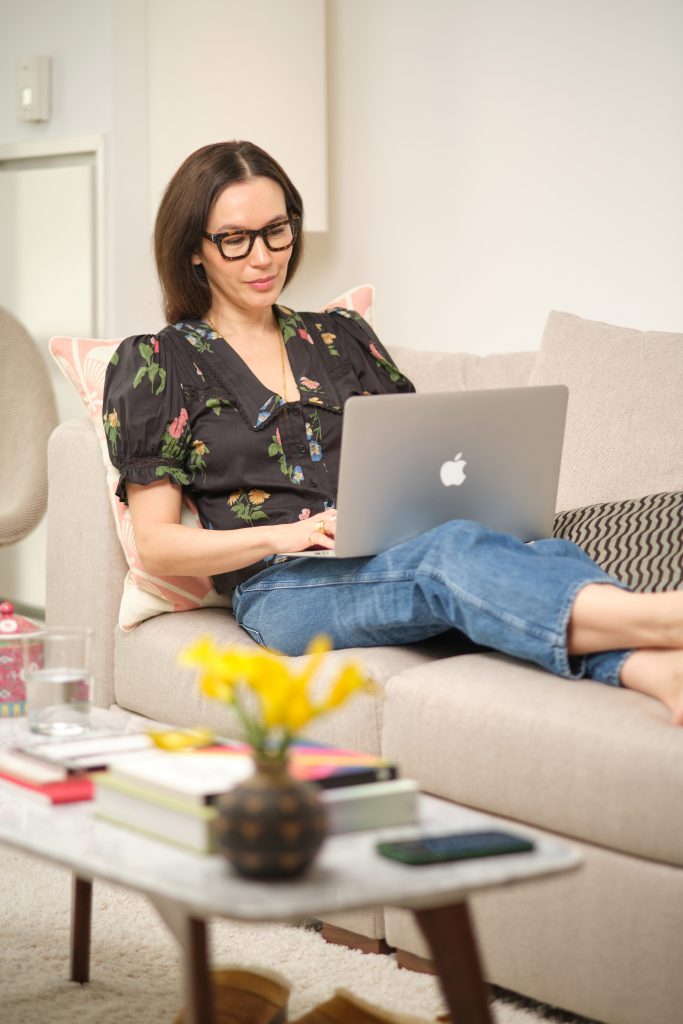
Nowadays, staying connected is easier than ever—but that, of course, comes with complications. How can we set healthy boundaries with email communication?
Like every other boundary we set, the key is to start with some honest reflection. Ask yourself what a “healthy” relationship with email means to you. It’s different for each of us, so do your best to be guided by your own needs and values versus the behaviors and norms you see around you.
Next, decide what you have the capacity for when it comes to email communication. Ask yourself:
- How much time can you reasonably spend in your inbox each day?
- What’s the bare minimum you can get away with and still maintain the essentials in your personal life and work-life?
This can help you identify opportunities to cut back and experiment with new email habits. It can also help inspire creative alternatives to email that’ll allow you to connect with the people in your life in ways that are less stressful.

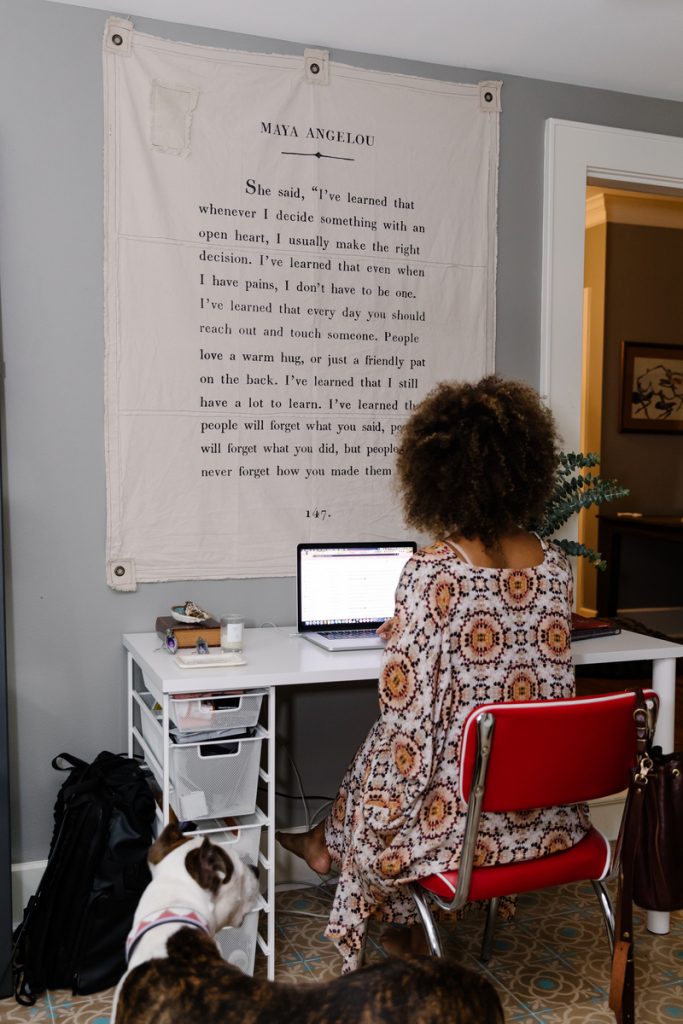
Is there a healthy approach that doesn’t have us tied to our email constantly, but keeps our inbox under control?
Overwhelmingly, we tend to overestimate the importance of our email communications and underestimate the amount of time we spend in our email.
The result is that many of us are expending lots of energy on an activity that doesn’t contribute meaningfully to our daily lives.
Self-awareness is a powerful tool, so I often recommend tracking your time for a week. There are plenty of free tools (e.g., Toggl) to help you do this. This will help you visualize how much of each day is going toward managing email.
From there, you can make a plan to bring more mindfulness to your email habits. Some people find it helpful to limit their email use to set times during the day. (If you’re used to functioning with your email open all day long, this can take some practice!) Cal Newport, author of Deep Work, advocates for setting “office hours” (even in your personal communications) to help create firmer boundaries around your email use and free up your energy for other activities.

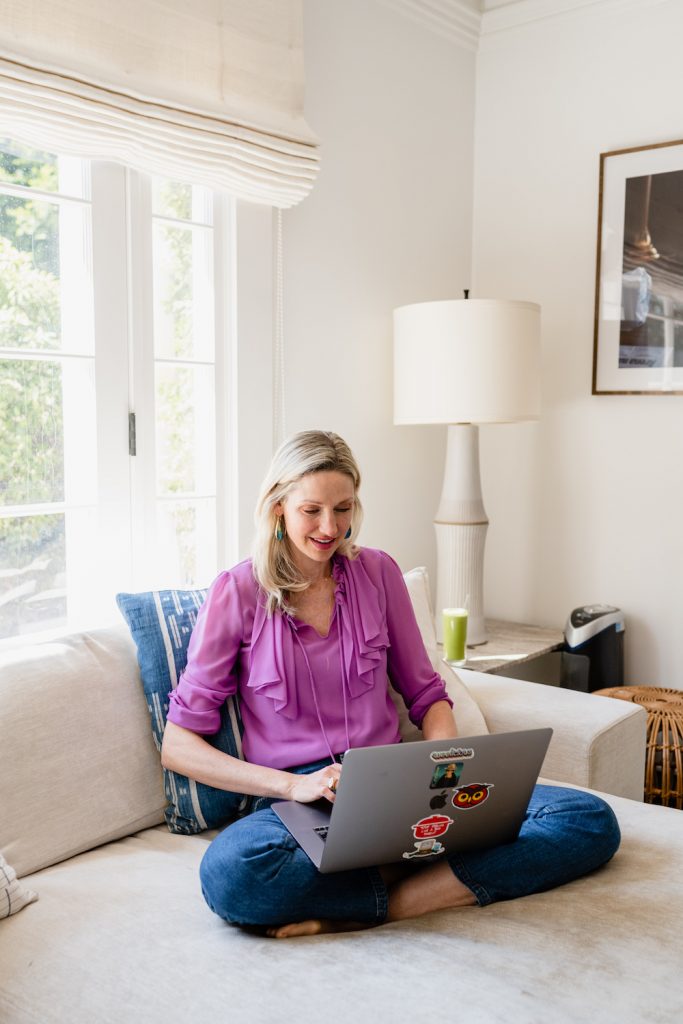
How can we express kindness and compassion to ourselves when we feel like we can’t keep up with our inbox?
Inbox Zero is a concept that feels really appealing, even aspirational, but it’s a double-edged sword. On the one hand, it seems so conducive to a productive life; on the other hand, for many people, pursuing the goal of Inbox Zero perpetuates an endless hamster wheel of nervous activity that can actually undermine meaningful productivity.
When we’re feeling anxious, it’s easy to get pulled into all-or-nothing thinking (i.e., “If my inbox isn’t perfectly cleared out each day/week/month, then why even bother?”). This can contribute to feelings of inadequacy or failure, and lead us to discount real progress we’ve made along the way.
A gentler alternative is to shift our aim from “keeping up” to “making a contribution.”
Instead of fixating on the number of emails in your inbox at the end of the week, why not put your energy toward identifying three ways you contributed (i.e., resolved an issue, sparked a connection, offered encouragement or guidance) via email? With practice, this will help you cultivate gratitude for the email boundaries you’re setting, which can reinforce these new habits over time.

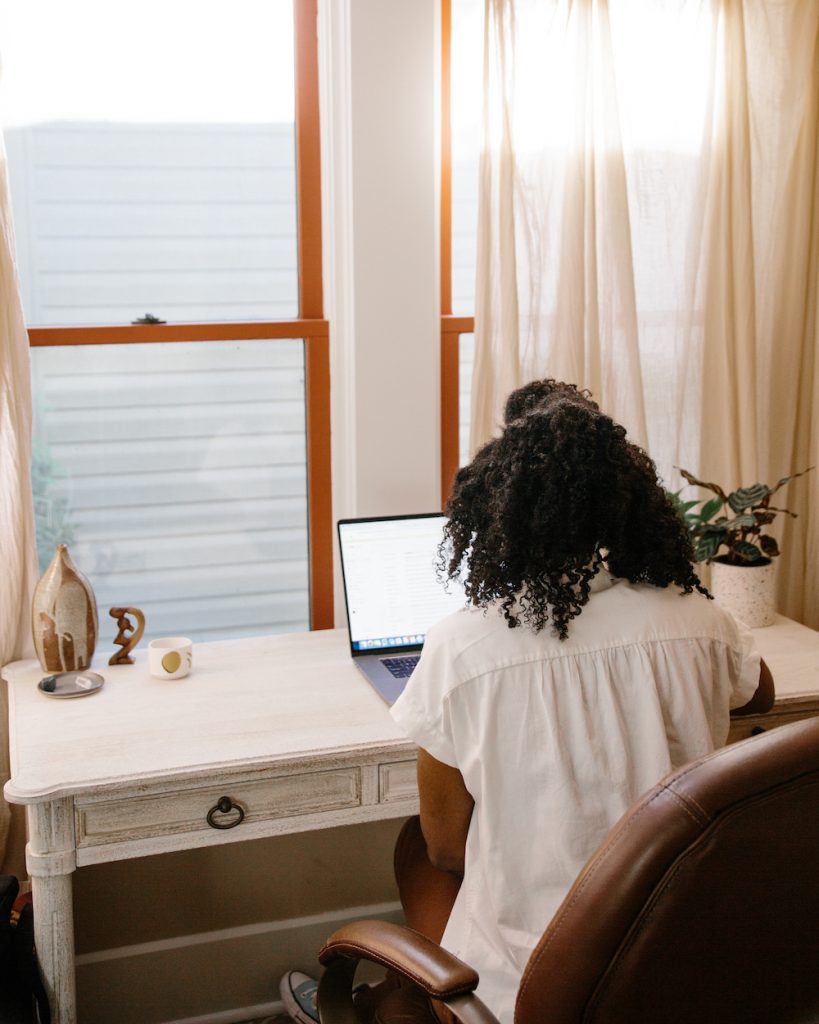
What are your top tips for overcoming email anxiety?
Give yourself permission to define “urgency” for yourself
Just because an email comes through doesn’t mean you’re obligated to respond immediately. Very few roles actually require this; the rest of us are simply adopting a norm that’s been created as part of our hyperconnected modern world.
Communicate clearly and proactively
Once you’ve set some boundaries around your email use, share these with the people in your life. This could be a casual update to friends and family, a note in the footer of your work email, or both. And if the volume of email is a stressor for you, it might be worth exploring some tech solutions like simple email automation, inbox filters, and autoresponders.
Hold your ground
It can feel uncomfortable at first to shift your email habits, but it’s important to maintain these boundaries so others take them seriously. For instance, if you’re working to reduce your email availability to coworkers but happen to have a brainstorm outside of the hours you set, you can draft an email and schedule it to send during the next workday.
Be patient with yourself
Change takes time, and changing your relationship to something as omnipresent (and potentially intrusive) as email is no small feat! If you start to lapse into old habits, give yourself a pass and commit to resetting tomorrow. In the long run, you’ll reap the rewards of renewed energy and a sense of ownership over your time. Enjoy!






